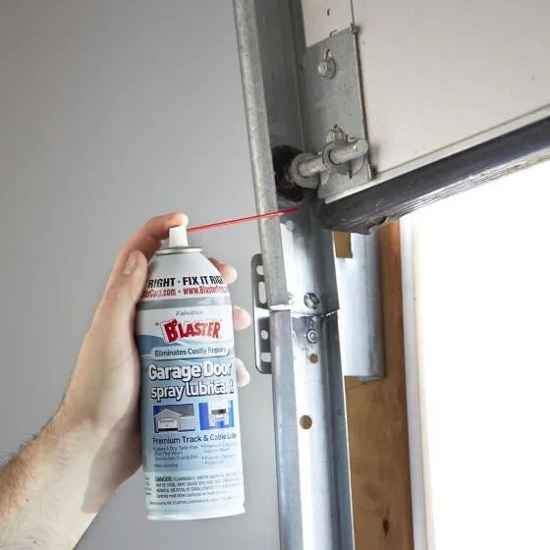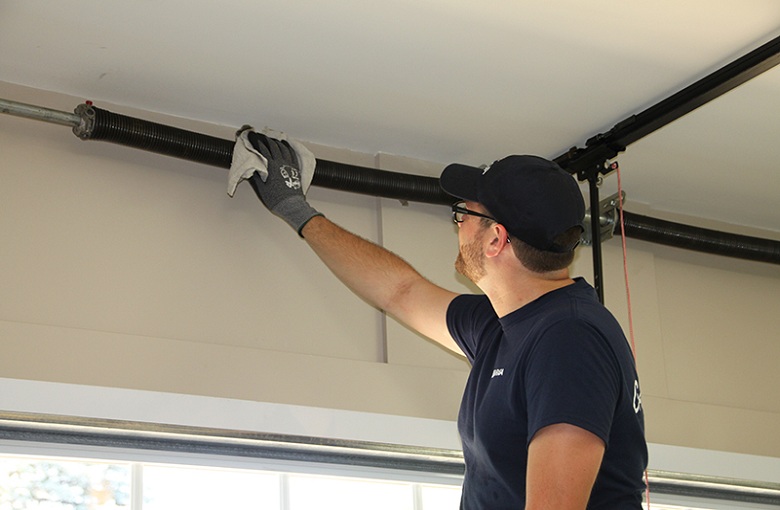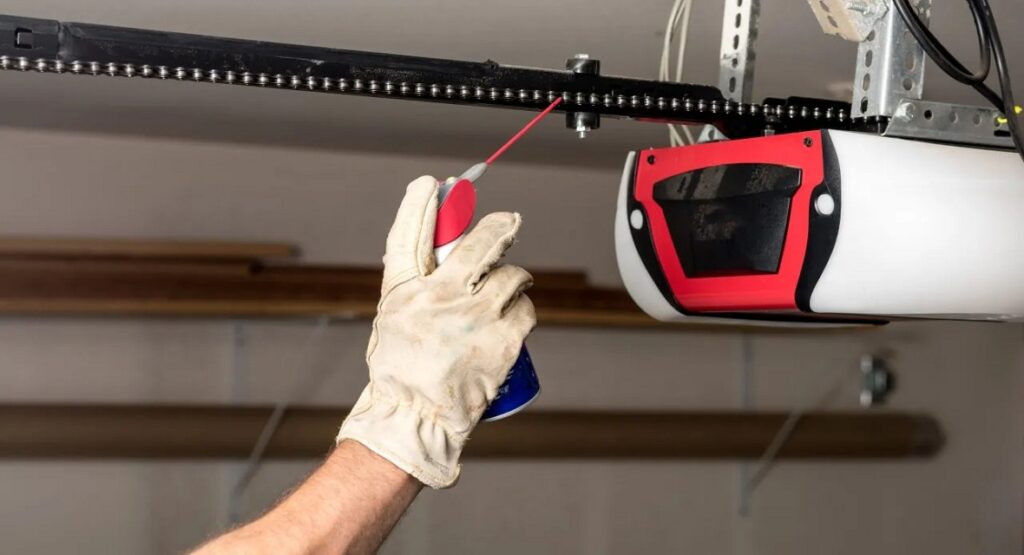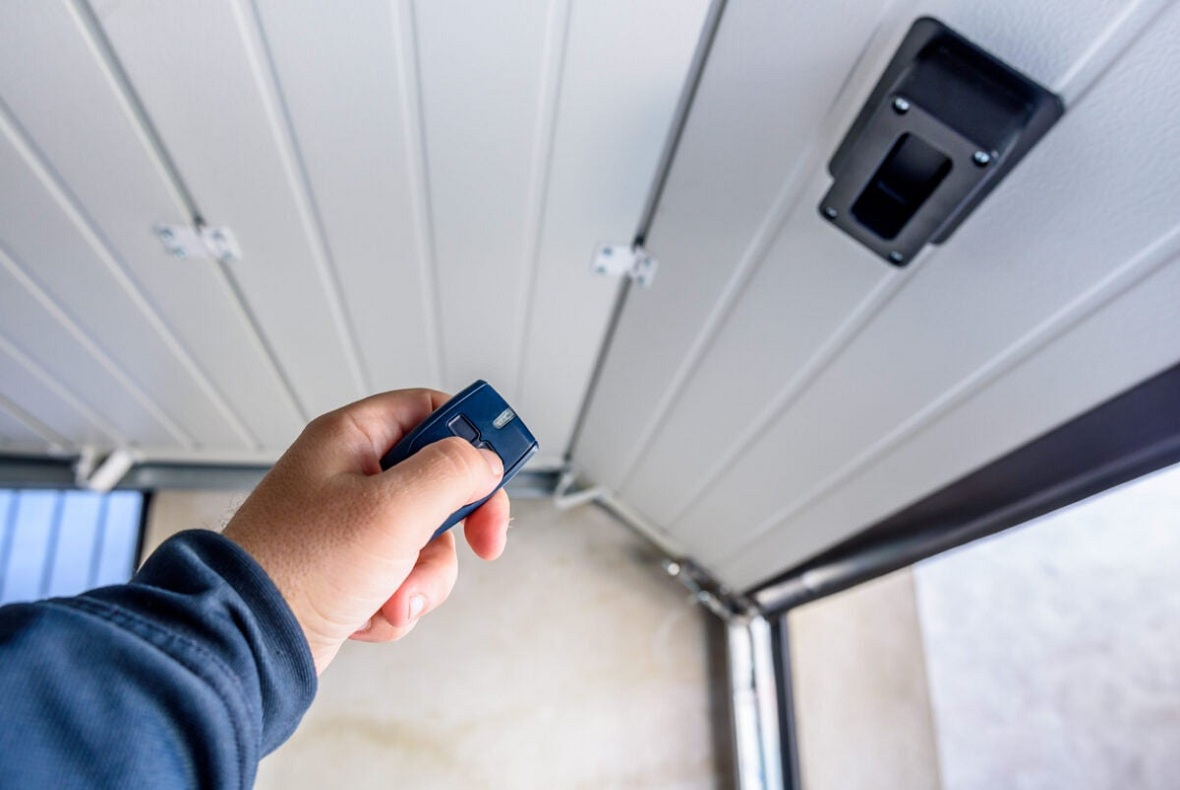Our lives are made easier by automatic garage doors. However, if these modern conveniences are not regularly maintained, they may begin to make too much noise and may even malfunction or break. As a result, learning how to lubricate garage door parts is critical for proper operation and long-term use. To keep everything moving smoothly, you should lubricate the moving parts on your garage door once every six months.
There are a few other important maintenance tasks to complete before thinking about how to grease a garage door. These include inspecting the rollers and hinges, tightening the chain, and ensuring that all of the door’s nuts and bolts are tight. While performing these maintenance tasks, you may discover other potential issues that are contributing to the excessive noise made by your garage door.
After you’ve finished up with the necessary upkeep, shut the garage door and turn off the power, and then continue on to the following steps.
Clean the garage door tracks with a vacuum and a damp cloth
Cleaning the garage tracks is the first step in lubricating garage doors. The tracks must be clean in order for the rollers to move smoothly as they open and close the door, but they should not be lubricated.
To begin, vacuum any dust or large debris from the tracks. Next, remove any lingering dust or dirt with a damp rag. You can use an automotive brake cleaner to loosen and remove stubborn and stuck-on messes if necessary.

Lubricate the door hinges and rollers
After cleaning the tracks, it’s time to lubricate some of the moving parts. When considering how to lubricate garage door rollers and hinges, keep in mind that a lithium-based or silicone grease is best.
Lift the door carefully to lubricate the hinges (or have someone help you lift it). Apply grease to the door’s hinges as it slides along the track. The rollers, which are connected along the track of the door next to the hinges, must then be lubricated. Using the thinner straw attachment for the grease, you can lubricate the small ball bearings found within these rollers.
Note
While you may be tempted to use standard WD-40 to lubricate your garage door, you should avoid doing so because it can attract dirt, which can cause additional problems.
Use white lithium grease or silicone spray instead. A rag is useful for ensuring even lubricant application and cleaning up drips or overspray.

Apply grease to the bearing plates and springs
For the next step, you’ll need a step ladder. Most garage doors have springs near the top. The circular-shaped bearing plates are located on each side of the springs. To ensure proper operation, both the bearing plates and the springs should be lubricated.
To lubricate these components, thoroughly spray or wipe them with grease. You should open the garage door after applying some grease. This motion will help to ensure that the grease is distributed more evenly. If you notice that the door’s springs are bent or otherwise damaged, they must be replaced.
Replacing garage door springs can be difficult and dangerous, so it is best to hire a qualified professional for this job.

Oil the top rail and the arm bar
The next step in lubricating a garage door is to apply grease to the top rail and arm bar. If you’re not familiar with the top rail, it’s the part of the garage door that runs parallel to the ceiling. You can also find the top rail bar by looking for the part of the door where the chain runs. Because the chain moves along the top of this rail, grease will be required here.
The garage door is connected to the top rail by the arm bar. To ensure smooth operation, spray or wipe this piece with grease.

Lubricate the lock and thoroughly test it
Finally, apply your lubricant to the garage door lock. Doing so will prevent the lock from rusting, which will make locking and unlocking the door simpler.
Then, turn the power back on to the door and try to see if it works. Listen and watch carefully as the door opens and closes to see if it is moving and sounding better than before. If lubricating the door does not appear to have solved the problem, it may be time to call a garage door technician to assess the situation.
Understanding how to lubricate a garage door is a necessary home maintenance task. Keeping your garage door and its moving parts lubricated will help it last longer and operate smoothly and quietly.
Fortunately, lubricating a garage door is not difficult. The steps outlined above will assist you in completing this task on your own. If you notice any areas of your door that appear to be in need of repair, it may be time to call a qualified professional.

